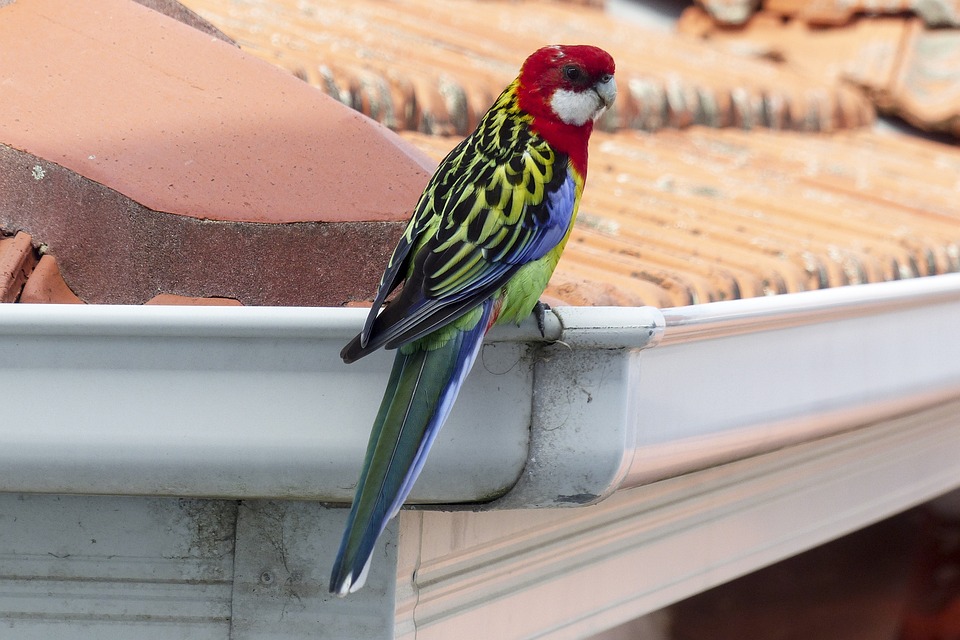Parrots are fascinating creatures known for their exceptional talking abilities and captivating personalities. However, understanding parrot behavior is essential for providing them with a nurturing and stimulating environment. In this article, we will delve into the various aspects of parrot behavior, focusing on their talking abilities. We will explore the factors influencing a parrot’s capacity to talk, common behaviors associated with talking, and offer insights for parrot owners to enhance their pet’s language skills.
Factors Influencing a Parrot’s Talking Abilities
1. Species-specific Traits: Different parrot species have variations in their vocal capabilities. Some species, such as African Greys and Amazon Parrots, are renowned for their exceptional talking abilities. Additionally, parrots have a natural aptitude for mimicry and learning, which contributes to their talking skills.
2. Individual Personality: Just like humans, parrots have individual personalities that can influence their talking abilities. Some parrots may have a genetic predisposition to vocalization, making them more inclined to mimic sounds and speech. Furthermore, extroverted parrots may be more likely to engage in vocalizations and imitate human speech compared to introverted parrots.
3. Environmental Factors: The environment plays a significant role in a parrot’s ability to talk. Socialization and exposure to human speech from an early age are crucial for parrots to learn and imitate language. Enrichment and mental stimulation through toys, puzzles, and interactive games also contribute to their language skills.
Common Behaviors Associated with Talking
1. Vocalizations: Parrots mimic human speech patterns and sounds as a way of communication. They often repeat phrases to perfect them and may vocalize to seek attention or communicate their needs.
2. Body Language: Parrots exhibit specific body language cues during speech. They may engage in preening and head bobbing while talking. Additionally, a raised crest or feathers indicate excitement or engagement, while eye pinning can signify excitement or aggression.
3. Contextual Understanding: Parrots can recognize specific words and associate them with actions or objects. They may respond appropriately to commands or cues given by their owners, demonstrating an understanding of the meaning behind the words.
Enhancing Your Parrot’s Language Skills
1. Provide a Stimulating Environment: Regular interaction with humans and other parrots is crucial for developing a parrot’s language skills. Exposing them to a wide range of sounds, music, and conversations will expand their vocabulary and encourage vocalization.
2. Consistent Training: Positive reinforcement techniques, such as rewards and treats, can be used to encourage desired vocalizations. Consistency and repetition are key in training a parrot to talk.
3. Engage in Interactive Play: Incorporating toys that encourage vocalization and mimicry can enhance a parrot’s language skills. Playing games that involve verbal cues and responses will also stimulate their communication abilities.
FAQs (Frequently Asked Questions)
Q1. Can all parrot species talk?
A1. While all parrot species have the potential to mimic sounds and speech, some species, such as African Greys and Amazon Parrots, are renowned for their exceptional talking abilities.
Q2. At what age can a parrot start talking?
A2. Parrots typically start mimicking sounds and speech between 4 to 7 months of age, although this can vary depending on the individual bird and its environment.
Q3. How can I encourage my parrot to talk more?
A3. Consistent training, socialization, and exposure to human speech are key in encouraging your parrot to talk more. Providing a stimulating environment and engaging in interactive play can also enhance their language skills.
Q4. What can I do if my parrot doesn’t show an interest in talking?
A4. Not all parrots have the same aptitude or inclination for talking. Some may prefer non-verbal forms of communication. It’s essential to respect your parrot’s individual preferences and focus on building a strong bond through other means.
Q5. Can parrots understand the meaning of their words?
A5. Parrots can learn to associate specific words with actions or objects, demonstrating an understanding of their meaning. However, their comprehension may vary depending on the individual bird and the training they have received.
Conclusion
Understanding parrot behavior, especially their talking abilities, is crucial for parrot owners to provide a nurturing environment. By considering various factors influencing a parrot’s capacity to talk, recognizing common behaviors associated with talking, and implementing strategies to enhance language skills, parrot owners can foster a stronger bond with their feathered companions and create a fulfilling and enriching experience for both parties.









